Have you ever wondered why your cat’s gentle rumble seems to melt away stress in ways that nothing else can? The rhythmic vibrations emanating from your feline companion aren’t just adorable background music. They represent one of nature’s most fascinating examples of biological communication that transcends species barriers.
This ancient sound carries secrets that scientists are only beginning to unravel. What emerges from years of research is nothing short of remarkable: cats may be literally tuning into our bodies’ rhythms, creating a symphony of healing frequencies that work at cellular levels. The purr isn’t just about contentment, it’s about connection in ways we’re only now starting to understand.
The Secret Science Behind That Mysterious Rumble
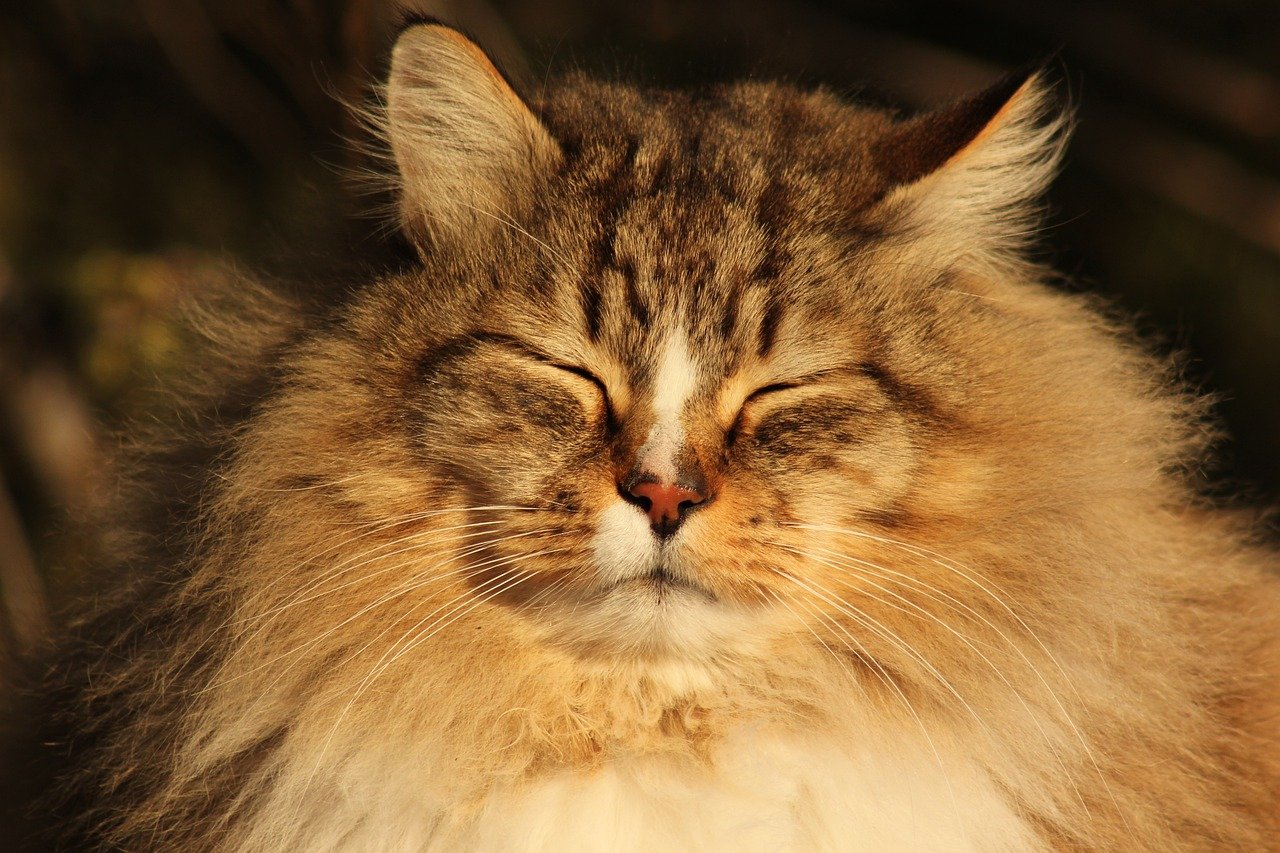
When your cat purrs, something extraordinary happens within their laryngeal muscles and diaphragm. These rapid contractions occur at a frequency of 20 to 150 vibrations per second, creating the distinctive purring sound as air passes over the vibrating muscles. Think of it as a natural percussion instrument, with muscles acting as drumbeats that never miss their timing.
The exact mechanism isn’t completely understood, but research suggests the sound comes from constriction of the glottis due to dilation of muscles in the cat’s larynx, with air vibrating every time the cat breathes. What makes this even more fascinating is that the two muscle groups take turns contracting in a meticulously orchestrated sequence composed in the brain, creating microscopic grunts that repeat at least 20 times per second.
Researchers have discovered that cats’ purrs can help human health and anxiety thanks to their wavelengths. Your cat isn’t just making noise, they’re essentially broadcasting on a frequency that your body instinctively recognizes as therapeutic.
Frequencies That Heal: The Medical Marvel of Cat Vibrations
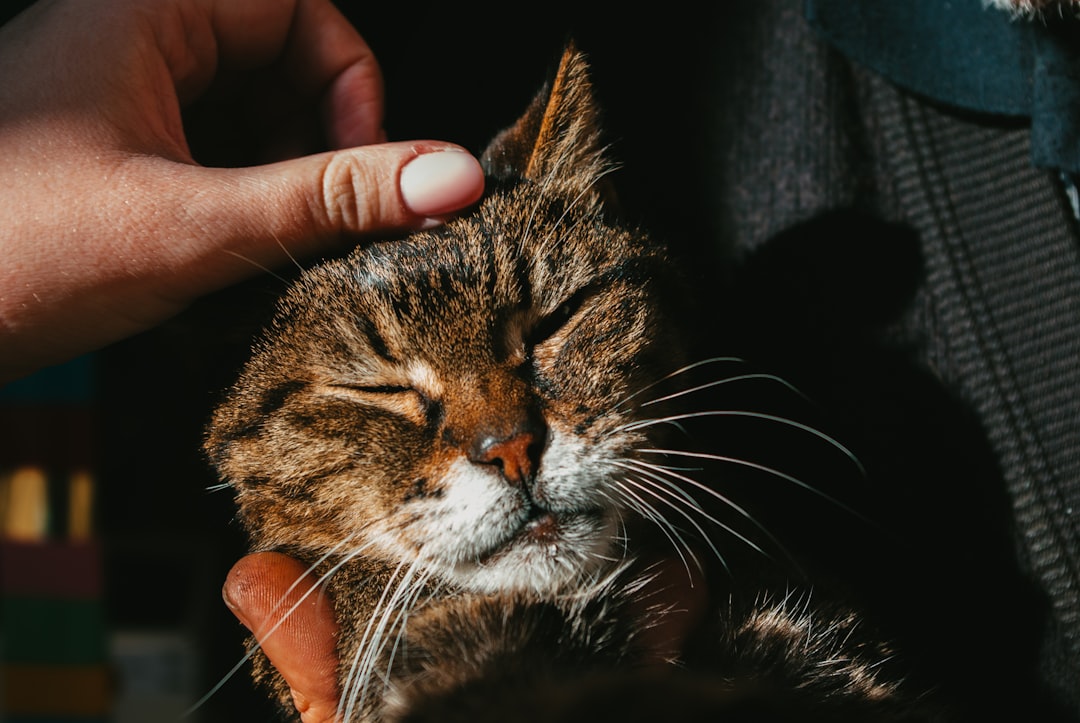
Cat purring frequencies fall between 25 and 140 Hz, which has been shown to aid in healing of broken bones, joint and tendon repair, and wound healing. These aren’t random numbers – they represent what medical professionals call “healing frequencies.” Research shows that frequencies between 20 and 50 Hz increase bone density.
Pulsed electromagnetic field devices with frequencies within the range of cat purrs have been shown to non-invasively treat various biological conditions including bone healing, osteoarthritis, inflammation, wound healing and post-operative pain. Medical equipment manufacturers have actually studied cat purrs to develop therapeutic devices.
The applications are mind-boggling. Researchers have explored devices that simulate therapeutic frequencies similar to cat purrs for potential healing applications. Being multi-frequency, the cat’s purr accelerates healing of bones, reduces pain, and relaxes muscles.
Your Cat’s Chemical Weapon: The Oxytocin Connection

Petting a cat or listening to their purring triggers the release of oxytocin, a hormone that promotes happiness and reduces stress. This isn’t just feel-good speculation – it’s measurable brain chemistry. Oxytocin is the same neurochemical that surges when a mother cradles her baby or when friends hug, fostering trust and affection.
Studies measuring owners’ hormone levels during cat interactions found that friendly contact was linked to elevated oxytocin in humans’ saliva compared with quiet resting periods without their cat. Your cat is essentially drugging you with love hormones, and the effect is powerful enough to show up in laboratory tests.
Oxytocin increases only occurred when the cat initiated contact – when owners forced interaction, hormone levels in both species either plateaued or declined. This reveals something profound: the bond must be mutual to trigger the chemical cascade that benefits both you and your feline friend.
Heart to Heart: How Purring Synchronizes Your Cardiovascular System
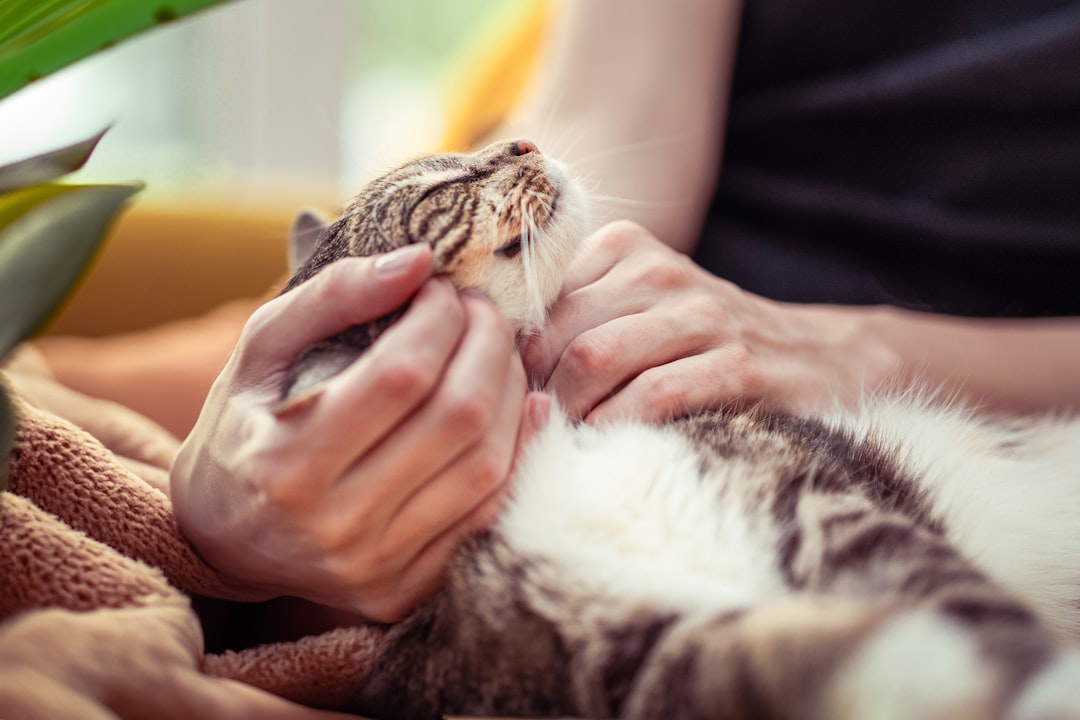
The soothing vibrations of a cat’s purr help regulate the autonomic nervous system, which controls involuntary functions like heart rate and breathing, promoting calm, balance and emotional well-being. Your cat is literally helping to regulate your body’s most essential functions.
Listening to purring can lower heart rate and blood pressure, with oxytocin mediating the effect. Many people who spend time with cats experience a decrease in heart rate and blood pressure, reducing strain on the cardiovascular system and supporting overall health. The purr acts like a biological pacemaker, helping your heart find its optimal rhythm.
Purring is linked to activation of the parasympathetic nervous system, leading to decreased heart rate and a calming effect, creating a positive feedback loop for well-being. When your cat purrs on your chest, they’re not just seeking warmth – they’re actively participating in cardiovascular therapy.
The Stress-Busting Superpower Hidden in Plain Sight
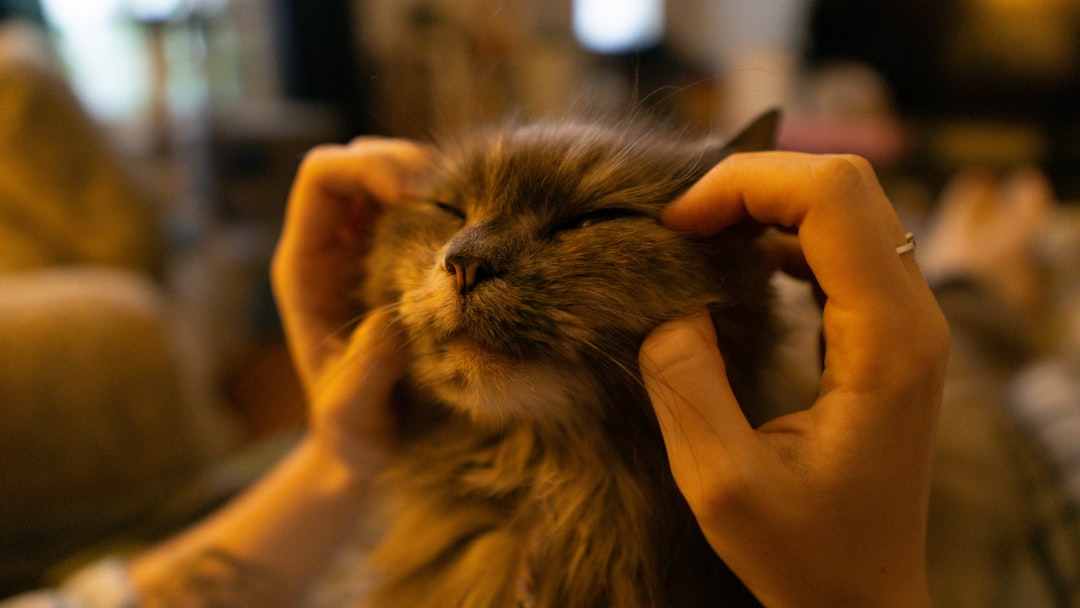
The calming effect of cat purring lowers cortisol levels – the stress hormone associated with high blood pressure – and can help alleviate pain, easing chronic discomfort. Research suggests that vibrations from purring may have a calming effect on humans and decrease levels of cortisol, with frequencies falling within ranges shown to reduce stress and anxiety.
The repetitive sound of purring has a calming, meditative quality that reduces anxiety and promotes mindfulness, often triggering the body’s relaxation response and helping people feel grounded. Your cat becomes a living meditation device, accessible whenever you need it most.
Studies found that when people petted cats, cortisol levels decreased and mood improved, with hospital patients having cats in their rooms showing lower cortisol levels and blood pressure than those without. The therapeutic effect is so pronounced that some medical facilities are incorporating cats into patient care programs.
The Cardiovascular Protection You Never Knew You Had
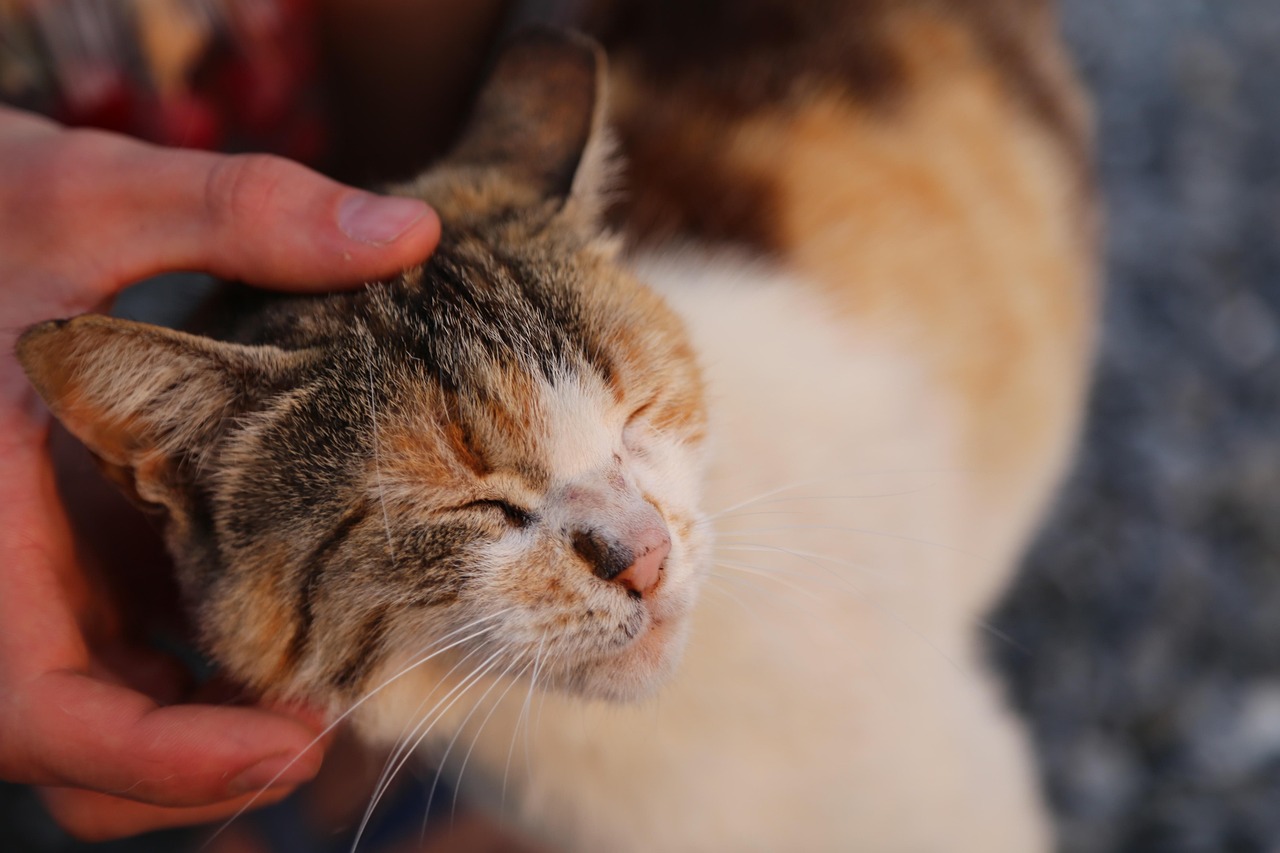
A major study found that past cat ownership was associated with a significantly lower risk for death due to myocardial infarction, with a 37% reduction compared to those who never owned cats. Studies suggest cat ownership may be associated with reduced cardiovascular disease risk, though the specific percentages vary between research studies.
Cat purring may help lower blood pressure and could be associated with reduced heart disease risk, with studies showing varying degrees of cardiovascular benefits. These aren’t small improvements – they represent dramatic reductions in some of humanity’s leading causes of death.
A meta-analysis of 26 studies showed that people with home pets had a 19% lower risk of death from cardiovascular disease, with the greatest reduction occurring in cat owners. The evidence is overwhelming: your feline companion is providing serious protection against heart disease.
Nature’s Pain Relief System That Never Runs Out
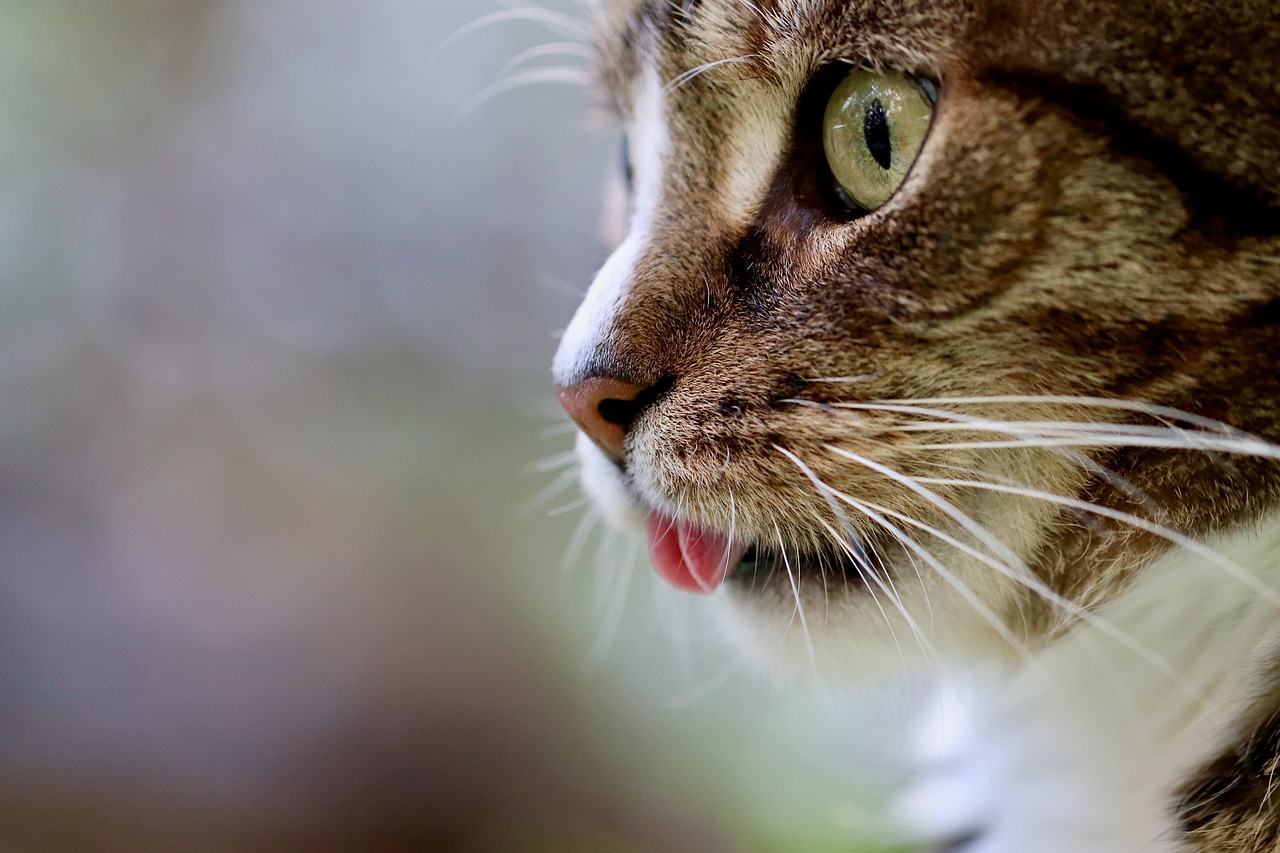
Vibrations generated by cat purrs can act as natural pain relief for both cats and humans, stimulating endorphin release and promoting relaxation and healing. When cats are injured or frightened, purring helps release endorphins – natural pain relievers and mood enhancers – helping them cope with discomfort and stress.
The healing power of cat purrs is believed to help with infections, swelling and pain, muscle growth and repair, tendon repair and joint mobility. Vibrations from purring stimulate hormones like endorphins and oxytocin that act as natural painkillers with anti-inflammatory effects, while also stimulating cells involved in healing processes.
The pain relief mechanism works on multiple levels. The frequency range of cat purrs aligns with frequencies known for their potential pain-relieving effects. Your cat essentially becomes a living TENS unit, delivering therapeutic vibrations whenever you need comfort most.
The Mysterious Instinct That Leads Cats to Injured Areas
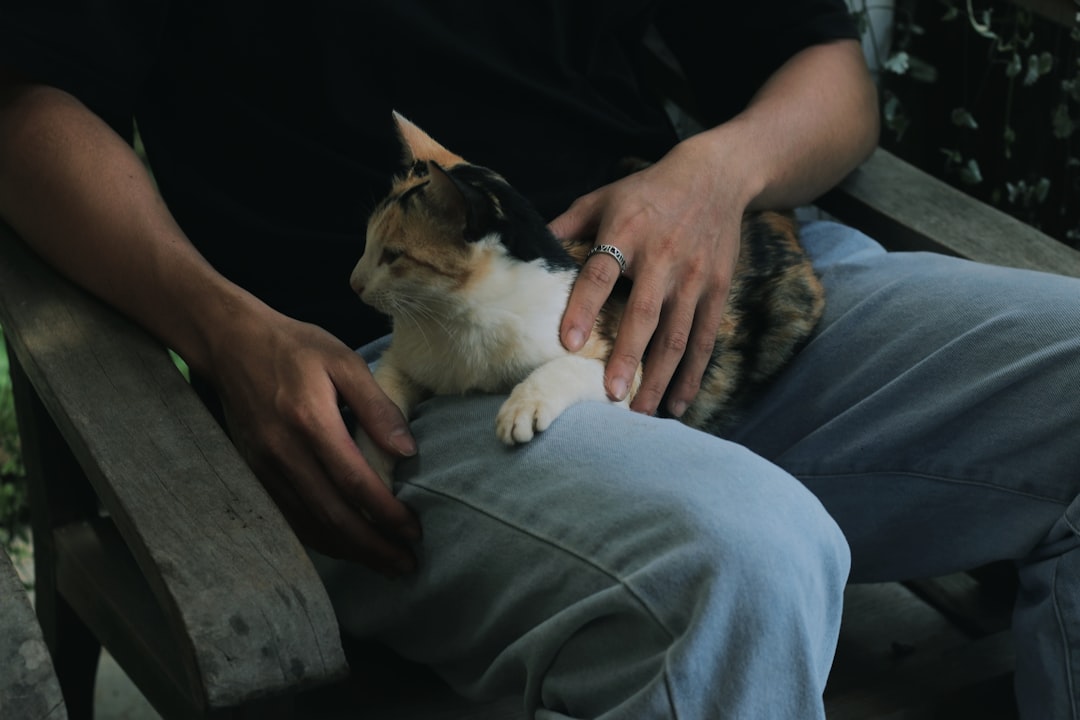
Cats are believed to pick up on issues with humans they’ve bonded with, frequently sitting and purring on their owner when they sense upset or illness. It’s amazing not only about healing capabilities but of cats’ instinct to know what needs healing.
Countless cat owners report similar experiences: their feline companion positioning themselves precisely on injured or painful areas. One cat owner noted their pet positioning itself right on their hip replacement, and they appreciated the healing frequencies. This isn’t coincidence – it appears to be purposeful therapeutic behavior.
It might not be that cats intentionally try to heal us, but rather that they sense something wrong and wish to reconnect, with healing happening as a bonus. Whether conscious or instinctual, cats seem remarkably attuned to our physical and emotional needs in ways that science is only beginning to understand.
The Evolutionary Advantage That Made Cats Irresistible

Over time, cats that could elicit nurturing responses would be more likely to be fed, protected, and allowed indoors – the ability to trigger oxytocin release would be a powerful evolutionary trait ensuring survival. Cats may reserve oxytocin-releasing behavior for when they truly feel safe, with trust that must be earned but is reinforced by the same chemical that bonds human parents and friends.
Nearly 46.5 million U.S. households own at least one cat, with what was once dismissed as aloof indifference possibly being a refined strategy to stay close enough to benefit from humans. Cats haven’t just adapted to live with humans – they’ve developed sophisticated methods to enhance our wellbeing, ensuring their own survival in the process.
Cats, in their own way, have tapped into the ancient biology of love. They’ve essentially become biological hackers, using frequency and chemistry to create bonds that benefit both species in remarkable ways.
Beyond Contentment: When Cats Purr Through Pain
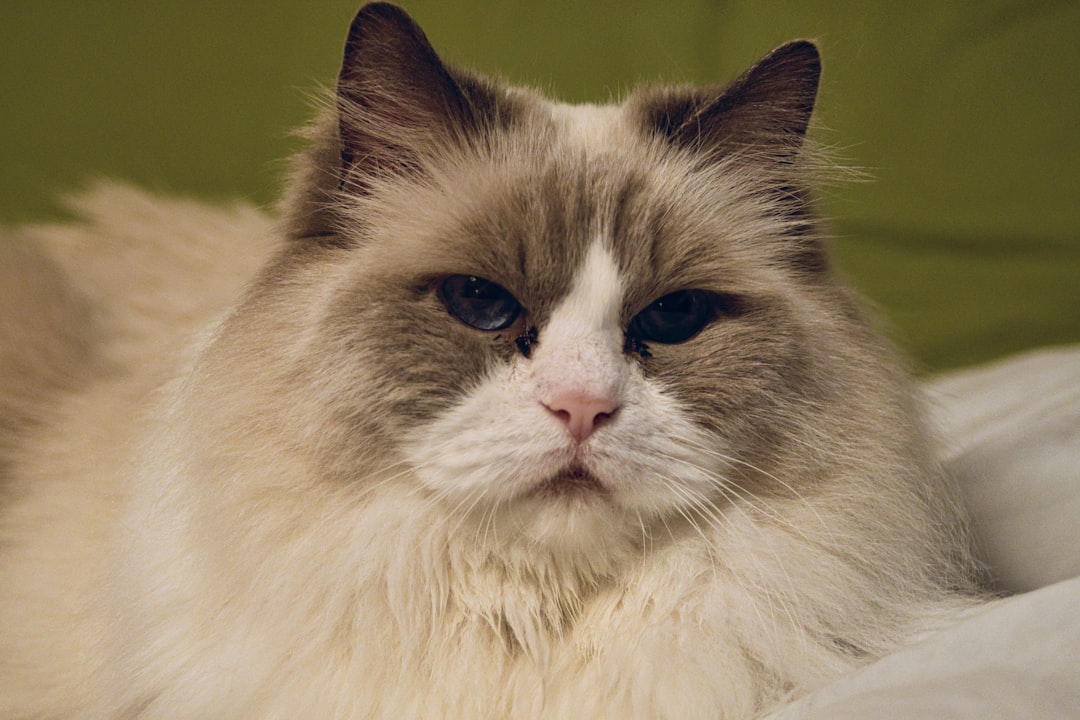
Cats sometimes purr when nervous, very often when hurt, and sometimes when their caregiver is hurt or sick. Cats purr in various emotional states – when content, but also when frightened, in pain, or even near death, using purring as a self-soothing mechanism.
It’s suggested that purring be stimulated as much as possible when cats are ill or under duress – if purring is a healing mechanism, it may help them recover faster and perhaps save their life. Because cats conserve energy through rest and sleep, purring may be a low-energy mechanism that stimulates muscles and bones without using much energy.
This reveals purring’s dual nature: it’s both a communication tool and a biological repair system. When cats purr through distress, they’re essentially self-medicating, using their own bodies’ healing frequencies to cope with trauma or illness.
Conclusion: The Hidden Symphony of Healing
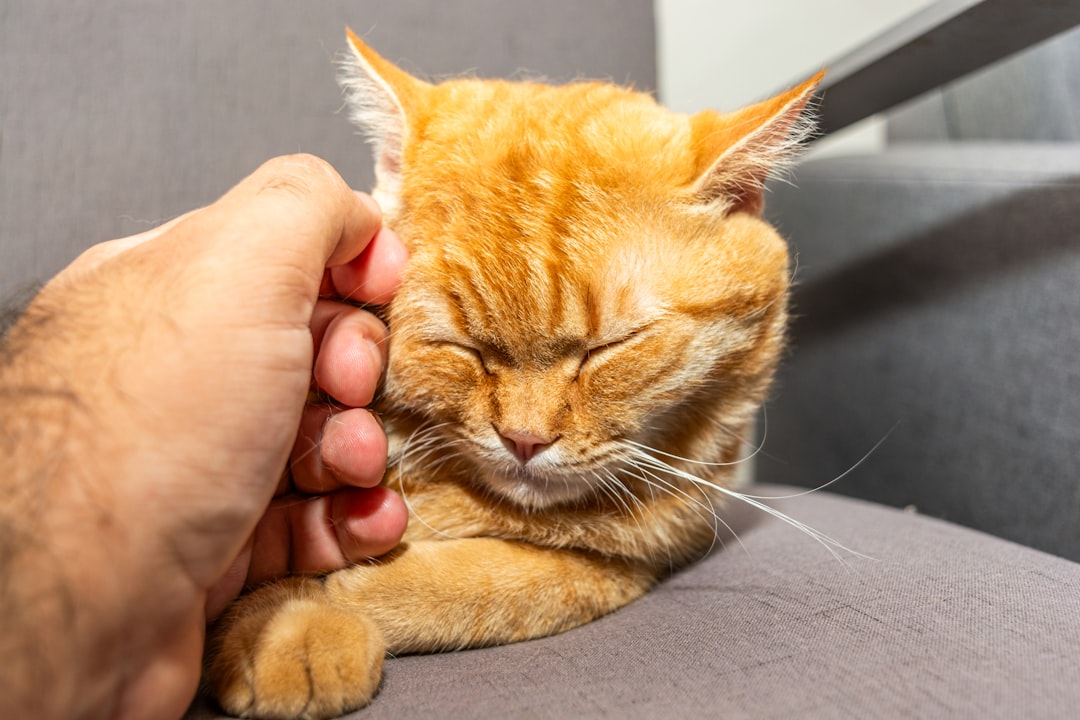
The soft power of purring extends far beyond the simple pleasure of a contented cat. Through millions of years of evolution, cats have developed what may be nature’s most sophisticated healing system – one that works not just for them, but for us as well. When your cat blinks slowly or climbs onto your lap for a purr-filled cuddle, oxytocin is rising in both your brains, deepening trust and soothing daily stress.
Your feline companion isn’t just a pet – they’re a living therapy device that reduces your risk of heart disease, manages your stress hormones, provides natural pain relief, and helps heal your body at the cellular level. The next time you feel that familiar rumble against your chest, remember that you’re experiencing one of nature’s most remarkable examples of interspecies healing. What do you think about this incredible bond between cats and humans? Tell us in the comments.






